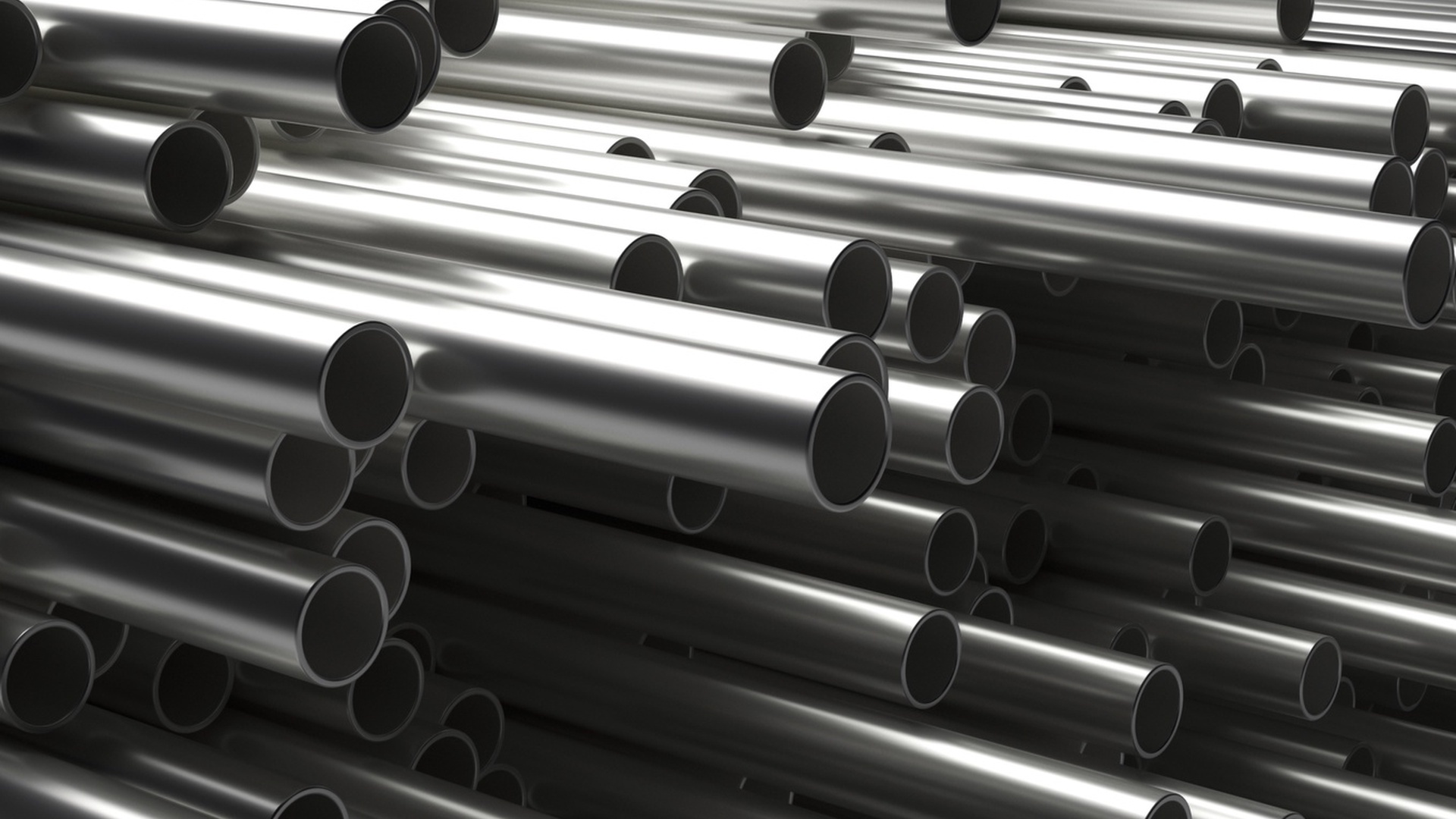

Zirconium is a crucial material primarily used in the production of zirconia chemicals, ceramics, refractories, and advanced manufacturing applications. The global zircon market has experienced cyclical periods of oversupply and scarcity, influenced by various factors such as demand fluctuations, production disruptions, and increasing interest in zirconium's role in emerging industries, including renewable energy.
Zirconium is primarily sourced from zircon sand, which is extracted from mineral sand deposits. These deposits often contain other minerals, including titanium minerals like ilmenite and rutile. The extraction process involves separating zircon from these other minerals, though it can be subject to the economic conditions of the other materials being mined.
Countries such as Australia, South Africa, China, and Indonesia are major players in zirconium production. Significant reserves are also found in India, Mozambique, and Sri Lanka. Production is often linked to the mining of ilmenite and rutile, and zircon is sometimes a byproduct of these mining activities. The availability of zircon depends on the demand for these other titanium minerals, leading to fluctuations in zircon supply.
Zircon production has historically been volatile, with periods of oversupply followed by shortages. For example, in 2019, global zircon production was 1.2 million tons but fell to 1 million tons in the subsequent year. This decrease in production was largely due to declining prices and expectations of low demand. However, recent reports indicate a tightening market, with zirconium silicate prices climbing to eight-year highs by mid-2023.
Factors such as supply disruptions, the global shift towards renewable energy, and geopolitical tensions have contributed to the increased price and demand for zirconium. In South Africa, Rio Tinto's Richard's Bay operations faced setbacks due to violent protests and damaged equipment, leading to disruptions in production. Similarly, Iluka Resources, an Australia-based producer, suspended operations at its Sierra Rutile unit due to high costs and low productivity.
The market has seen price increases in response to these supply issues. For instance, PYX Resources in Indonesia has hiked its price three times within the year, reaching $1,750 per ton, reflecting the tightening global supply.
Many major mining operations are currently facing challenges due to declining zircon grades in their deposits. This decline makes extraction increasingly difficult and costly, resulting in a limited new supply coming online. Furthermore, existing projects are grappling with both technical and geopolitical obstacles.
Geopolitical risks have also played a significant role in this situation. Trade restrictions and violence in key mining regions, particularly in South Africa, have disrupted zircon production and contributed to rising prices. Major producers like Iluka Resources and Rio Tinto have experienced difficulties that have further tightened the supply.
On the horizon, however, are emerging sources of zircon production. Countries such as Pakistan, Mozambique, and Nigeria are expected to play a more prominent role as demand continues to rise. Additionally, the upcoming zircon mining auction in Ukraine presents another potential development that could impact supply. Ukraine’s state-owned zircon mining firm, UMCC, has a supply advantage due to its proximity to European markets, which could help alleviate some of the pressures in the market.
Zircon prices are highly cyclical, experiencing significant fluctuations in response to market demand, supply constraints, and production disruptions. In recent years, rising demand from industries such as ceramics, refractories, and renewable energy has led to increased prices. Notably, zirconium silicate prices rose to $2,318–2,395 per ton in 2023, the highest levels in eight years.
In response to tightening supply, major producers have raised prices, including Iluka Resources, Kenmare Resources, and PYX Resources. The price increase reflects limited supply, especially in premium grades of zircon, which are essential for high-end applications like fused zirconia.
The zirconium market is expected to remain tight in the medium to long term, with prices staying high due to ongoing supply constraints and rising demand from both traditional and emerging sectors. As production is limited by factors such as declining grades, geopolitical instability, and high extraction costs, the market is likely to face continued volatility.
The shift to renewable energy and advanced manufacturing processes is expected to fuel continued growth in zirconium demand, particularly for premium grades used in refractory materials and specialty products. At the same time, research into substitutes and new supply sources may help mitigate some of the pressures on the market.
In conclusion, the zirconium market is at a critical juncture, with tight supply conditions, rising demand, and ongoing geopolitical risks shaping the future of production and prices.
Perks, C., & Mudd, G. (2019). Titanium, zirconium resources and production: A state of the art literature review. Ore Geology Reviews, 107, 629-646.
https://www.argusmedia.com/ja/news-and-insights/latest-market-news/2228031-zirconium-prices-extend-rally-as-market-tightens